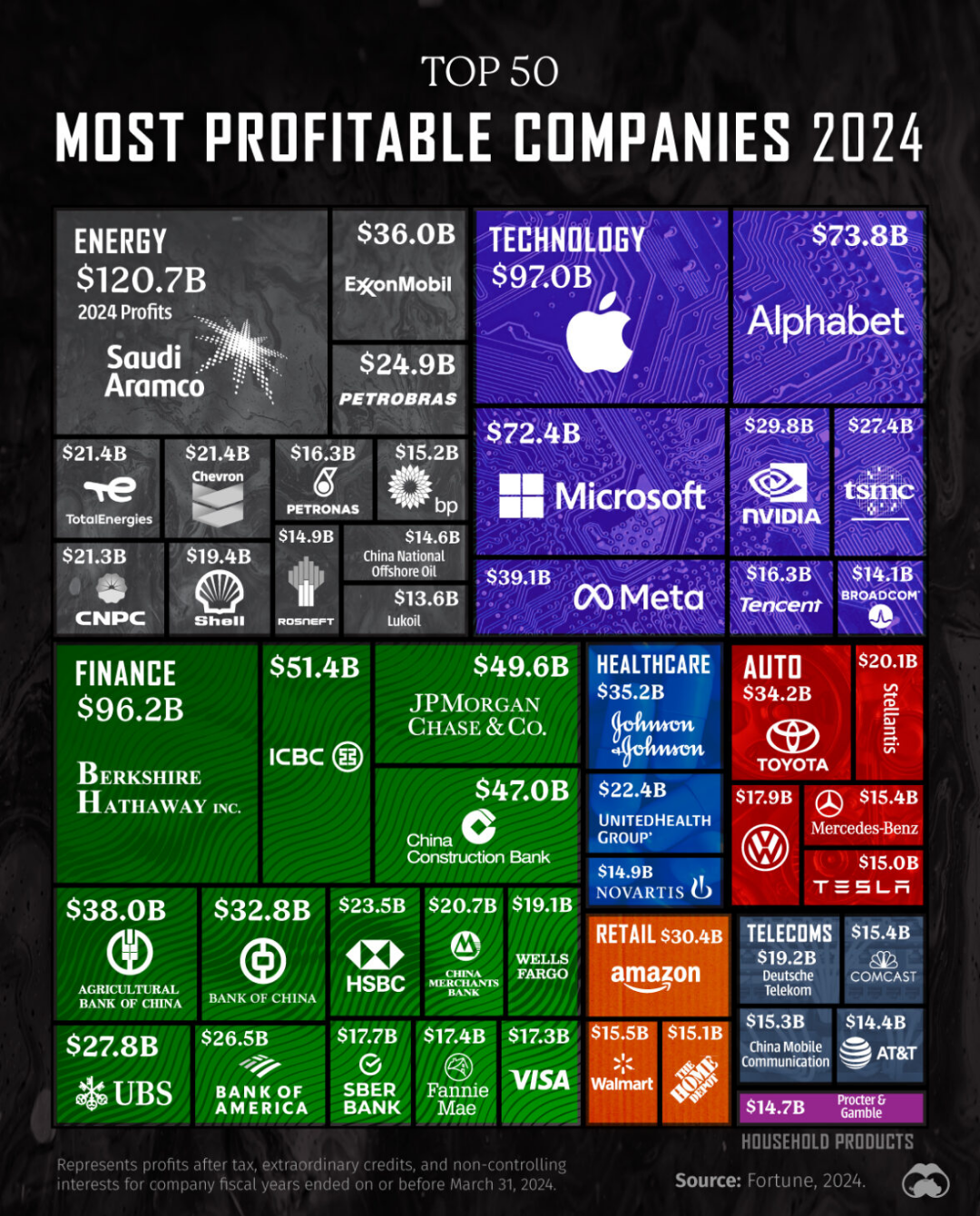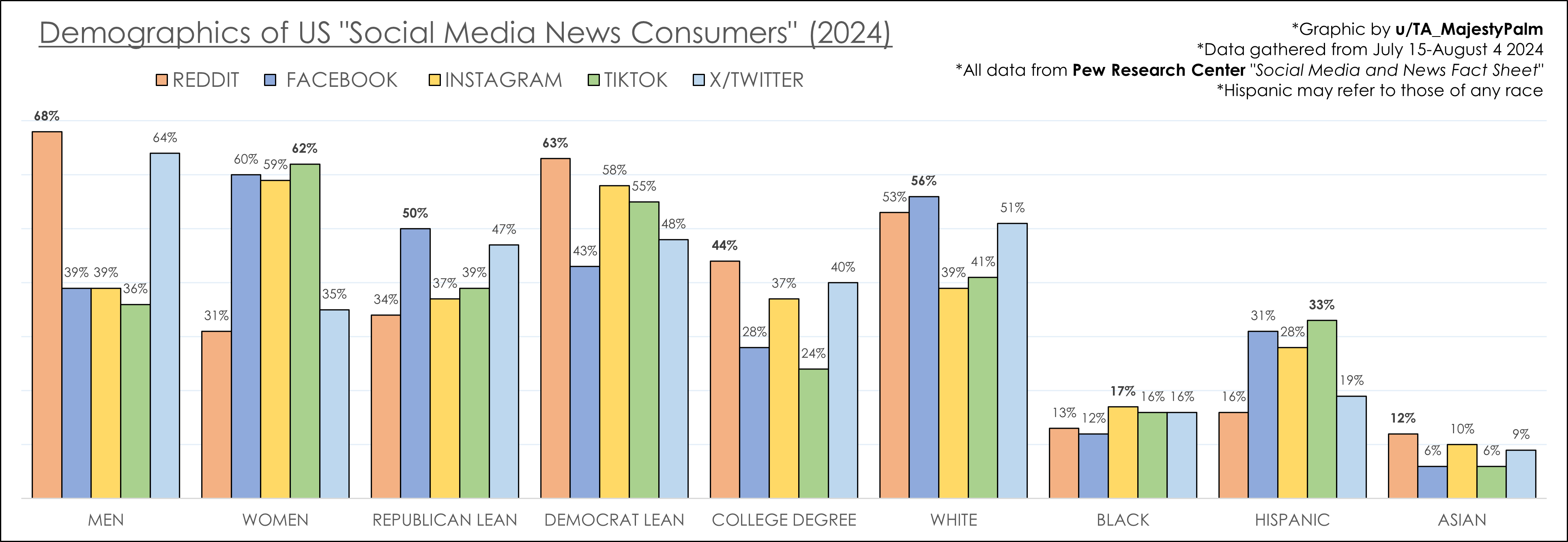Why do car types in movies change over the decades?
From the roaring engines of the 1960s muscle cars to the sleek rise of SUVs and Superminis today, the automotive world in cinema reflects profound cultural and technological shifts.
This article delves into the captivating evolution of car types on film screens and examines historical trends. Discover how the roles and representations of different car types have transformed over time, revealing intriguing links between cinematic vehicles and societal changes.
A fascinating shift is underway—will electric and driverless cars define the next era of movie magic? Keep reading to find out!
Percentage of Car Types in Movies: An Overview
The evolution of cars in movies mirrors the technological and cultural shifts over the decades. From the early days of cinema, where cars were a novelty, to their ubiquitous presence in modern films, the types of cars depicted have changed dramatically.
Historical Significance: In the early 20th century, cars were often used as comedic props or symbols of wealth and freedom. As technology advanced, cars became central to plot dynamics, reflecting their growing importance in society.
Technological and Cultural Changes: The shift from Sedans and Convertibles to Superminis and SUVs in films is a testament to changing consumer preferences and technological advancements. Sedans, once dominant, have seen a decline as audiences resonate more with the versatility and modernity of SUVs. Convertibles, often symbols of leisure and luxury, have also decreased in popularity, possibly due to their impracticality in everyday life.
Infographic Insights: Recent data highlights a significant decline in Sedans and Convertibles, with a marked rise in Superminis and SUVs. This shift aligns with broader automotive trends where SUVs and compact cars have gained market share due to their practicality and efficiency.
These changes in automotive representation in movies are not just about trends but also reflect deeper societal values and technological progress. As films continue to mirror real-world developments, the types of cars depicted will likely keep evolving, offering a fascinating lens into our collective cultural journey.
Historical Car Trends in Film
How were cars used in early cinema? In the early 20th century, cars were primarily used for comedic effect in silent films.
These vehicles often served as props to create slapstick humor, with characters engaging in chaotic chases or experiencing mechanical mishaps. This comedic use of cars highlighted the novelty of automobiles during this era, reflecting society's initial fascination and unfamiliarity with the technology.
What role did cars play in post-war cinema? In the post-war era, cars became symbols of freedom and modernity, particularly in British cinema.
The increased influence of cars in movies during this time reflected societal shifts, as automobiles became more accessible to the general public. Films began to explore themes of adventure and liberation, often using cars as a metaphor for the newfound freedom experienced in the post-war period. This era marked a transition from the comedic portrayal of cars to their representation as integral elements of storytelling.
Which car is the most featured in movies? The Ford Mustang holds the record as the most featured car in films.
Its iconic status is attributed to its sleek design and cultural significance, making it a popular choice for filmmakers aiming to evoke a sense of power and style. The Ford Mustang's presence in movies spans various genres, from action-packed thrillers to nostalgic period pieces, underscoring its versatility and enduring appeal.
Below is a table showcasing some of the top car models featured in films:
| Car Model | Number of Movie Appearances |
|——————–|—————————–|
| Ford Mustang | 3,200 |
| Chevrolet Impala | 2,600 |
| Volkswagen Beetle | 2,100 |
| Dodge Charger | 1,800 |
| Aston Martin DB5 | 1,500 |
The prominence of these vehicles illustrates their cultural impact and the role they play in shaping cinematic narratives. Vintage cars, in particular, have found a niche in Hollywood, symbolizing eras gone by and adding authenticity to period dramas. As films continue to evolve, so too will the representation of cars, reflecting ongoing technological advancements and cultural shifts.
Evolution of Car Types in Cinema
How have car models in movies evolved over the decades? Car models in movies have shifted dramatically, reflecting broader cultural and technological changes.
In the early days, Sedans and Convertibles were the stars of the silver screen. These vehicles symbolized luxury and sophistication, often seen in films that highlighted wealth and status. However, as society's preferences evolved, so did the representation of cars in cinema.
What is the current trend in car types featured in films? There is a notable rise in the depiction of Off-road/SUVs in recent years.
This shift is largely driven by the growing popularity of SUVs in the real world, where their versatility and rugged appeal resonate with audiences. SUVs are often featured in action-packed sequences, providing filmmakers with the perfect combination of power and agility for dynamic storytelling.
Why are Sedans and Convertibles less prominent in modern films? Sedans and Convertibles have seen a decline due to changing consumer preferences and practicality concerns.
While once seen as symbols of elegance, these car types are now less represented in cinema as audiences gravitate towards more practical and versatile vehicles. Convertibles, in particular, have decreased in popularity, as their open-top design is less suited to everyday life and modern cinematic narratives.
Below is a list of key films that exemplify these changes in car types:
- Gone in 60 Seconds (2000) – Highlighted the allure of classic cars, including the iconic Shelby Mustang.
- The Fast and the Furious series – Celebrated the evolution of street racing culture with a diverse range of car types, including SUVs.
- The Italian Job (2003) – Featured the Mini Cooper, showcasing its agility and compact design.
- Mad Max: Fury Road (2015) – Emphasized the rugged appeal of off-road vehicles in a dystopian setting.
- The King's Speech (2010) – Focused on historical accuracy, featuring period-appropriate cars to enhance authenticity.
These films not only entertain but also provide a lens into how the evolution of cars in cinema mirrors societal trends and technological advancements.
Car Types by Movie Genre
How do different genres use cars in films? Genres utilize cars in distinct roles, often reflecting the narrative needs and stylistic choices of the film.
In action films, cars are indispensable for dynamic sequences and high-speed chases. Vehicles like the Ford Mustang in Gone in 60 Seconds serve not only as thrilling spectacles but also as central plot devices driving the story forward. These films often showcase a diverse range of car types, from sleek sports cars to rugged SUVs, emphasizing power and agility.
Why are cars significant in period dramas? Period dramas prioritize authenticity, using cars to enhance the historical setting and add depth to the narrative.
In films like The King's Speech, vehicles are carefully selected to match the era, providing visual accuracy and immersing the audience in a specific time period. These cars often symbolize societal status and the technological advancements of their time, contributing to the film's overall authenticity.
How are cars portrayed differently in comedies? In comedies, cars often play a humorous or exaggerated role, adding to the comedic elements of the film.
Vehicles in this genre might be used for slapstick humor, such as in classic silent films, or as quirky, character-defining elements that add to the comedic tone. The focus is less on the car's performance and more on its ability to contribute to the humor and charm of the story.
Below is a list of iconic cars featured in various genres:
- Action: Gone in 60 Seconds (2000) – Shelby Mustang
- Action: The Fast and the Furious series – Various car types, including SUVs
- Period Drama: The King's Speech (2010) – Period-appropriate cars for historical accuracy
- Comedy: The Pink Panther series – Quirky, character-driven vehicles
- Comedy: Dumb and Dumber (1994) – The distinctive "Mutt Cutts" van
These examples illustrate how the breakdown of car scenes by genre reflects not only cinematic trends but also the broader cultural and technological contexts in which these films are produced. Each genre's unique approach to car usage enriches the storytelling and enhances the viewer's experience.
Future Trends: Cars in Upcoming Films
What is the future of car use in movies? Movies are expected to feature more electric and possibly driverless cars.
As society becomes increasingly aware of environmental concerns, the film industry is likely to mirror this shift by incorporating sustainable and futuristic vehicles into their narratives. Electric cars, with their sleek designs and eco-friendly appeal, are already making appearances in films, suggesting a growing trend toward greener transportation options on screen.
How might driverless cars impact cinematic storytelling? Driverless cars offer new possibilities for plot development and visual storytelling.
The integration of autonomous vehicles in films could revolutionize the way stories are told, providing filmmakers with opportunities to explore themes of technology and human interaction. These vehicles can serve as innovative plot devices, enabling unique chase sequences or exploring futuristic worlds where human drivers are obsolete.
Why are electric and driverless cars becoming more popular in films? The popularity of these vehicles reflects broader cultural shifts toward sustainability and technological advancement.
As audiences become more environmentally conscious, there is a greater demand for films that reflect these values. Electric and driverless cars symbolize progress and innovation, resonating with viewers who prioritize sustainability. This trend aligns with the global movement toward reducing carbon footprints and embracing renewable energy sources.
These changes in the portrayal of cars in cinema not only highlight technological advancements but also reflect society's evolving attitudes toward environmental responsibility. As filmmakers continue to experiment with these new possibilities, audiences can expect to see a diverse range of car types that represent a balance between entertainment and conscious storytelling.
Final Words
Exploring the percentage of car types in movies over time presents a fascinating narrative that mirrors both societal and technological changes.
From the iconic rise of classic cars like the Ford Mustang to the increasing prevalence of SUVs in modern blockbusters, each car type reflects unique aspects of its time. Action films fuel the thrilling role of vehicles, while period dramas embrace authenticity.
The ongoing shift toward electric and driverless cars suggests that cinematic car representations will continue to evolve.
This evolution promises not only innovation and excitement on-screen but also a deeper connection with emerging global trends.



